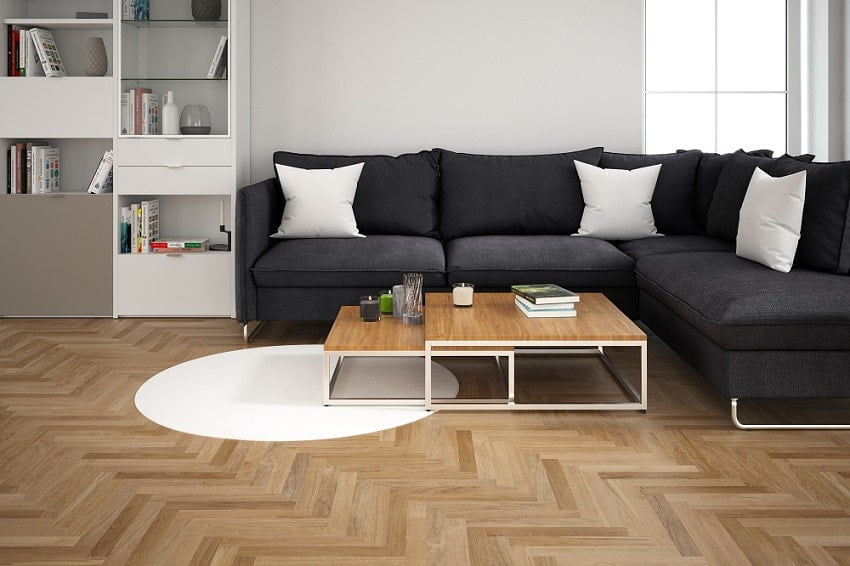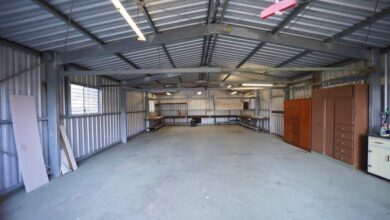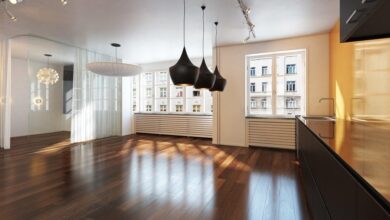6 Most Common Problems with SmartCore Vinyl Flooring

With its stylish appearance and waterproof construction, SmartCore vinyl flooring seems like an ideal choice for busy homes. But like any flooring, SmartCore comes with its share of potential issues. Learning to spot and address problems early helps ensure your new floors retain their beauty over time.
SmartCore luxury vinyl flooring continues to grow in popularity thanks to its durability, comfort underfoot, and extensive style options. Made from a wear-resistant vinyl surface layered over a rigid core, SmartCore aims to combine the easy maintenance of vinyl with the beautiful visuals of wood or tile. While this flooring performs well overall when properly installed, some common problems can arise. Issues like denting, unlocking planks, and moisture damage seem to plague certain SmartCore floors. Knowing what to look for and how to treat these problems will help you protect your investment. This article covers the six most reported issues with SmartCore flooring along with prevention and repair tips. Identifying problems early and taking appropriate action reduces the need for extensive repairs down the road. With the right care, your SmartCore vinyl floors can stay beautiful for many years while withstanding your family’s active lifestyle.
Denting and Scratching
One of the biggest complaints about SmartCore vinyl flooring is that it dents and scratches relatively easily. The soft vinyl surface is prone to showing indentations when heavy furniture or appliances are placed on top of it. Pets and high foot traffic areas can also cause denting in SmartCore flooring over time.
Scratches are another typical issue, most often caused by pet nails or dragged furniture. Because the vinyl surface is not as hard as materials like hardwood or tile, scratches tend to be more visible.
There are a few tips to prevent dents and scratches in your SmartCore vinyl:
- Use furniture pads or cups under the legs of heavy furniture and appliances.
- Frequently trim pet nails to keep them dull.
- Place area rugs in high traffic zones and under furniture legs.
- Take care when moving furniture and appliances across the floor.
- Immediately clean up any spills or messes to prevent prolonged contact in one spot.
While scratches and dents can be unsightly, they will not damage the floor beyond aesthetics in most cases. Deeper gouges may require replacing individual planks.
Discoloration from Sun Exposure
SmartCore vinyl can become faded or discolored when exposed to excessive sunlight over time. This issue is most common near windows, sliding glass doors, or other areas with prolonged direct sunlight.
The UV rays in sunlight break down the vinyl surface, causing it to appear bleached or faded. In some cases, you may notice yellowing. This discoloration only affects the top vinyl layer, not the stability of the flooring.
There are a few ways to minimize sun damage:
- Install curtains or blinds on windows and doors to block sunlight when not in use.
- Arrange furniture and rugs to cover flooring in sunlit areas.
- Avoid putting lighter SmartCore colors in rooms with abundant sunlight.
- Use a UV-protectant vinyl floor cleaner to help reflect rays.
For floors that already show sun damage, unfortunately the discoloration cannot be removed. Replacement of affected planks may be necessary.
Seams Coming Apart
The seams between SmartCore vinyl planks are held together with a strong vinyl glue during installation. However, these seams can become separated over time under certain conditions. Gaps between planks may appear, or some edges may pop up.
Seams can come undone due to:
- Improper installation: If the subfloor is not level or if the wrong adhesive is used, seams will not bond properly.
- Floor movement: Normal expansion and contraction of the flooring can loosen seams if the glue bond is not perfect.
- Moisture issues: Excess moisture weakens the adhesives and causes the floor to expand, stressing seams.
For small gaps, you can try using vinyl seam sealer glue in a tube to re-seal edges. Be sure to thoroughly clean the edges first. If many seams are affected or very loose, the best permanent fix is to contact the original installer about re-gluing sections. Excessive gapping may necessitate plank replacement.
Hollow Spots or Popping
In some cases, sections of SmartCore vinyl flooring may sound or feel hollow when walked on. This indicates areas where the flooring is not properly bonded to the subfloor below. Hollow spots typically make a popping or clicking noise when stepped on.
The main causes of loose hollow areas include:
- Uneven subfloor: Any bumps or depressions in the subfloor can prevent even contact with the flooring above.
- Improper adhesive: Using the wrong adhesive or applying it unevenly can lead to poor bonding.
- Moisture issues: Excess moisture under the flooring can degrade the adhesives.
To repair hollow spots, the loose planks must be re-adhered. Carefully peel back the affected sections and apply a compatible vinyl flooring glue before putting them back into place. Rolling the area with a J-roller helps ensure a solid bond. Extensive popping may indicate the floor needs total replacement.
Planks Becoming Unlocked
One frustration with interlocking, click-together vinyl flooring like SmartCore is when the planks become separated at the seams. Usually this occurs when the locked joint is not fully engaged during initial installation. However, planks can also unlock due to:
- Excessive floor movement: As seasons and temperatures change, the floor naturally contracts and expands. Too much movement stresses locking joints.
- Improper installation: Rushed assembly or uneven subfloor can lead to weak locking connections.
To fix unlocked planks, first try re-locking them into place byhand or with a rubber mallet. Apply seam sealer glue for extra hold. Multiple adjacent planks becoming detached may require replacement of that floor section.
Discoloration from Moisture
While waterproof, prolonged moisture exposure can still damage SmartCore vinyl flooring. Water spills, pet accidents, flooding, or high humidity can cause discoloration, expansion, and buckling.
The vinyl surface may turn white or yellow when wet. If moisture seeps between the planks, it can show as dark spots. Mold and mildew growth can also occur.
To prevent moisture issues:
- Quickly clean up any spills, puddles or pet accidents.
- Add moisture barriers under the flooring in potentially damp rooms.
- Run a dehumidifier to maintain recommended humidity levels.
- Improve ventilation and airflow in the room.
Discoloration and warping from minor moisture may be reversible once the floor fully dries. But repeated or excessive water exposure will require replacing sections of flooring.
Conclusion
SmartCore luxury vinyl flooring provides a stylish, comfortable, and water-resistant flooring option. But like any flooring material, it can develop some common problems. By addressing issues early and practicing preventative care, you can enjoy your SmartCore flooring for years to come. Pay attention to indentations, sunlight effects, seam gaps, hollow spots, plank connections, and moisture to help avoid more extensive repairs down the road. With proper care, your SmartCore vinyl floor will continue looking beautiful while holding up to your family’s active lifestyle.
FAQs
How do you repair scratches in SmartCore vinyl flooring?
For minor scratches, you can try a vinyl flooring scratch remover kit or touch up markers that blend into the floor color. Deep gouges may need professional repair or individual plank replacement.
Why is my SmartCore flooring turning yellow?
Yellowing is usually caused by exposure to excess moisture beneath or above the flooring. Ensure spills are cleaned up quickly and use a dehumidifier to maintain indoor humidity within recommended levels.
What’s the best way to clean SmartCore vinyl floors?
Regularly vacuum and damp mop the floor using a vinyl floor cleaner or mild soap and water. Avoid abrasive cleaners or scouring pads. Use floor mats near entrances to prevent dirt buildup.
Can you install SmartCore vinyl flooring over existing tile or wood floors?
Yes, SmartCore flooring can be installed over most flat, existing hard surfaces. The subfloor should be checked for moisture issues first. An underlayment will likely be required for proper sound and heat insulation.
How can you make vinyl flooring seams less visible?
Be sure planks are randomly staggered so seams don’t line up. Use matching seam sealer to fill small gaps. Choosing planks with stone, tile or wood grain textures helps seams blend better visually. Larger floor patterns also conceal seams.



